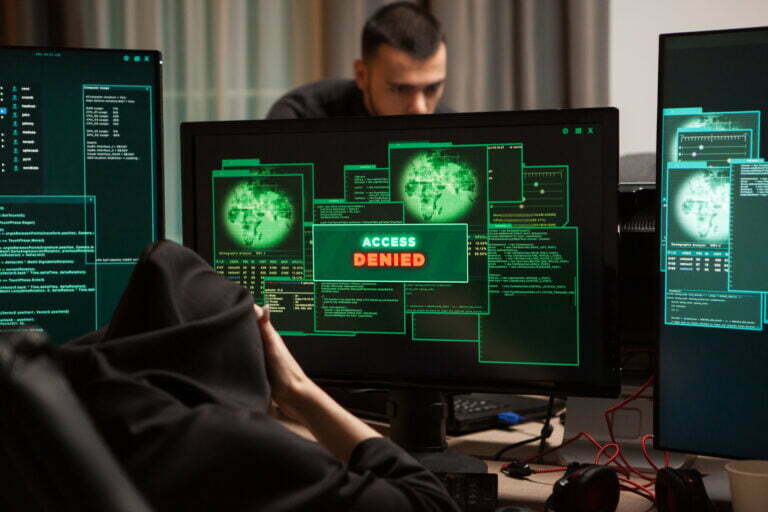Ischemic Heart Disease (IHD) is a significant public health concern that affects an estimate of 126 millions of people worldwide. IHD is characterized by reduced blood flow to the heart muscle, causing chest pain (angina), heart attacks, and even heart failure. The primary cause of IHD is the buildup of plaque in the coronary arteries, which narrows the blood vessels and limits blood flow. This condition, called atherosclerosis, is often caused by risk factors such as high blood pressure, cholesterol deposits, and unhealthy lifestyle habits.
Traditionally, IHD has been managed through lifestyle changes, medications, and invasive procedures such as stenting or coronary artery bypass graft (CABG). However, these methods have limitations and may not be suitable for all patients. This is where remote patient monitoring (RPM) comes in. RPM has the potential to improve outcomes for patients with IHD by allowing them to closely monitor their condition, receive timely interventions, and avoid hospital admissions.
In this article, we will explore the role of RPM in the management of IHD, the benefits and challenges of using this technology, and the future directions of IHD management through RPM.
Understanding Ischemic Heart Disease
Ischemic Heart Disease (IHD) is a group of conditions in which there is reduced blood flow to the heart muscle, leading to chest pain, heart attacks, and heart failure. The most common cause of IHD is coronary artery disease (CAD), which is the buildup of plaque in the coronary arteries. Plaque is made up of cholesterol, fat, and other substances that narrow the blood vessels, reducing blood flow to the heart muscle.
IHD can present with different symptoms, including angina (chest pain), myocardial ischemia (silent ischemia), and acute coronary syndrome. Angina occurs when the heart muscle does not receive enough blood and oxygen to meet its needs, causing discomfort in the chest. Silent ischemia is a type of IHD that does not cause symptoms and may go undiagnosed for a long time. Acute coronary syndrome is a sudden and severe manifestation of IHD, which includes heart attacks and unstable angina.
There are several risk factors associated with IHD, including high blood pressure, unhealthy lifestyle habits, smoking, and a family history of heart disease. The American Heart Association and the American College of Cardiology provide guidelines for identifying and managing intermediate-risk and high-risk patients with IHD.
The Benefits of Remote Patient Monitoring in Ischemic Heart Disease Management
One of the primary advantages of RPM is the ability to continuously monitor a patient’s health. By using wearable devices and remote monitoring software, healthcare providers can monitor a patient’s heart rate, blood pressure, and other vital signs, allowing them to quickly detect any changes that may indicate a worsening of the patient’s condition.
Another important benefit of RPM is the ability to identify silent ischemia, which is a form of ischemic heart disease that often goes undiagnosed. Silent ischemia can be difficult to diagnose due to the absence of obvious symptoms, but through medical devices used for RPM, healthcare providers can identify and treat it before it becomes a more serious problem.
RPM also helps to reduce the risk of hospitalization and rehospitalization for patients with ischemic heart disease. By providing patients with continuous monitoring and support, healthcare providers can detect and treat symptoms of ischemia early, reducing the risk of heart attacks and other serious cardiac events.
Finally, RPM offers the added convenience of being able to monitor patients from anywhere at any time. This is particularly beneficial for patients who live in remote or underserved areas, where access to healthcare may be limited. By using RPM, healthcare providers can provide high-quality care to these patients without the need for frequent visits to the hospital.
DrKumo Remote Patient Monitoring Solution for Ischemic Heart Disease Patients
Ischemic heart disease is a major concern for many individuals and healthcare providers. However, with DrKumo RPM technology, patients with ischemic heart disease can manage their condition from the comfort of their own homes while also receiving real-time support from their healthcare providers.
DrKumo is a leader in the field of RPM, providing a user-friendly solution powered by state-of-the-art technology. The solution is HIPAA-compliant and mobile-enabled, allowing for continuous real-time monitoring and the use of AI/ML engines for real-time intelligence.
The goal of DrKumo is to solve the most pressing problems in healthcare, and with its innovative, collaborative, and technology-driven approach, the company provides effective solutions for both patients and healthcare providers. The company revolutionizes the way people access quality healthcare, making it easier and more convenient for individuals to manage their health conditions.
Whether it is for chronic disease management, acute care, post-operation, or hospital care at home, DrKumo RPM technology is designed to support individuals and healthcare providers in the management of ischemic heart disease and other health conditions.
Takeaways
Ischemic Heart Disease is a serious condition caused by the narrowing of the coronary arteries, which can lead to reduced blood flow and oxygen to the heart muscle, potentially resulting in a heart attack or myocardial infarction. Remote monitoring is a promising tool that allows for continuous monitoring of heart rate and blood pressure, enabling early detection of cardiac events and reducing the risk of undiagnosed episodes of silent ischemia.
Take control of your heart health by using remote monitoring to track and manage your symptoms, receive timely interventions, and improve your overall well-being. Contact DrKumo now.








